
Understanding the Impact of Construction on Tree Root Systems: A Basic Overview
In urban forestry and landscape management, abiotic disorders play a pivotal role in the health and sustainability of trees. Unlike biotic stressors caused by living organisms like pests and pathogens, these disorders stem from non-living environmental factors. Among the most significant abiotic stressors are the damages inflicted on tree root systems during construction activities, mainly due to heavy equipment and land regrading

Picea Sitchensis: An In-Depth Guide
Picea sitchensis, commonly known as the Sitka spruce, is a vital coniferous tree in the Pinaceae family. Native to the west coast of North America, this species is renowned for its robust nature and impressive height, making it an essential component of its native ecosystems and a striking addition to varied landscapes.

Needle Know-How: Identifying Spruce Trees by Their Needles
Spruce trees, known for their majesty and versatility, are prominent in North American landscapes. Whether you're an aspiring arborist, a gardening enthusiast, or someone who appreciates the natural beauty of trees, recognizing different spruce species by their needles is fascinating and valuable. This guide zeroes in on the critical needle features - length, texture, color, and stomatal bands - to help distinguish between various species.

Balancing the Salt Equation: Strategies for Soil Salinity Management in Arboriculture
Soil salinity, marked by high levels of soluble salts, poses a severe concern for arborists. By absorbing water, these salts can create a water deficit in the soil, making it harder for trees to absorb moisture and nutrients.

Navigating Abiotic Stress: The Role of Aeration in Soil Structure
Soil aeration and texture are critical yet often overlooked aspects of tree health. Proper aeration allows roots to breathe, which is essential for their growth and resilience to stress. The soil's sand, silt, and clay mix shapes its texture and airflow. Without this, roots suffer from compaction, leading to many issues. Understanding and managing soil aeration is critical to preventing these problems and maintaining healthy trees.
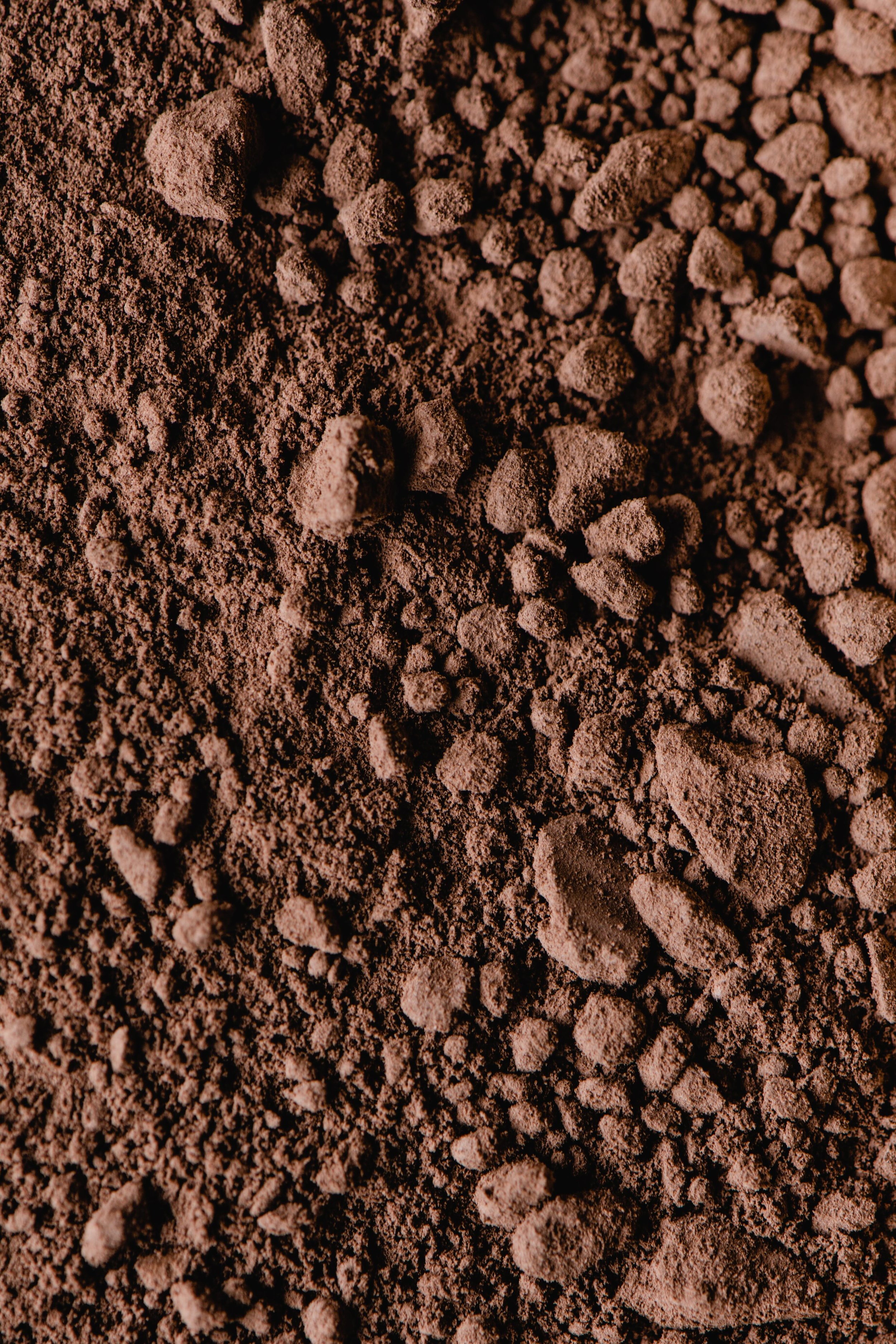
Managing Moisture: Soil Texture's Impact on Tree Water Retention
In managing tree health, understanding the balance of water and soil is key, particularly when addressing abiotic disorders. Soil texture, marked by the proportion of sand, silt, and clay, plays a critical role in water retention and availability for trees. This relationship between soil and water significantly influences tree vitality and is an essential consideration for arborists.

Charting the Path to Board Certified Master Arborist
Welcome to the first post in a series that's as much a personal academic journey as a professional sharing space. As I embark on the road to fortifying my credentials as an International Society of Arboriculture (ISA) certified arborist, I will be delving into 19 categories that form the backbone of the ISA Board Certified Arborist certification exam.

Branching Out: My Pathway to Becoming a Master Arborist
For over two decades, I've been immersed in the world of horticulture, from my studies at Ricks College and Brigham Young University to my current role at Pacific Plants, Inc. Now, with 24 years of experience as an ISA Certified Arborist and Tree Risk Assessment Qualified professional, I'm setting out on a new challenge: becoming an ISA Board Certified Master Arborist®.
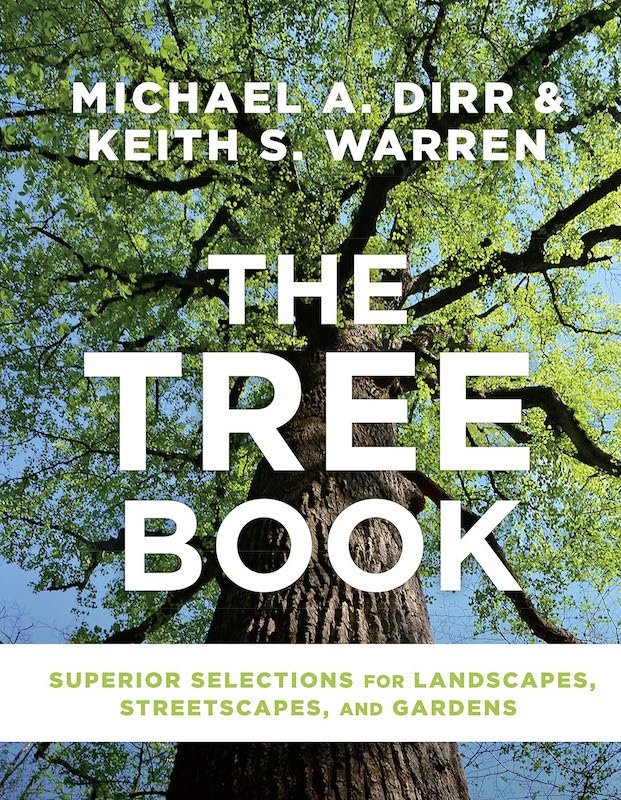
"The Tree Book: Superior Selections for Landscapes, Streetscapes, and Gardens" a Review
"The Tree Book" by Michael A. Dirr and Keith S. Warren is a helpful resource, often aiding in elucidating the inquiries of others. This monumental work is more than a book; it's a journey through the leaves, barks, and blossoms of over 2,400 species and cultivars of trees, each page a testament to the authors' profound understanding and appreciation of trees.

Serrate Leaf Margins: Nature's Saw-Toothed Design
Leaf margins, the outer edges of leaves, are pivotal in plant identification. Among the various types, the serrate margin, with its saw-like edge, stands out distinctly.
The term 'serrate' denotes a leaf margin with asymmetrical teeth pointing forward, akin to a saw's edge. This unique configuration on the leaf's edge augments the leaf's surface area, facilitating enhanced photosynthesis.
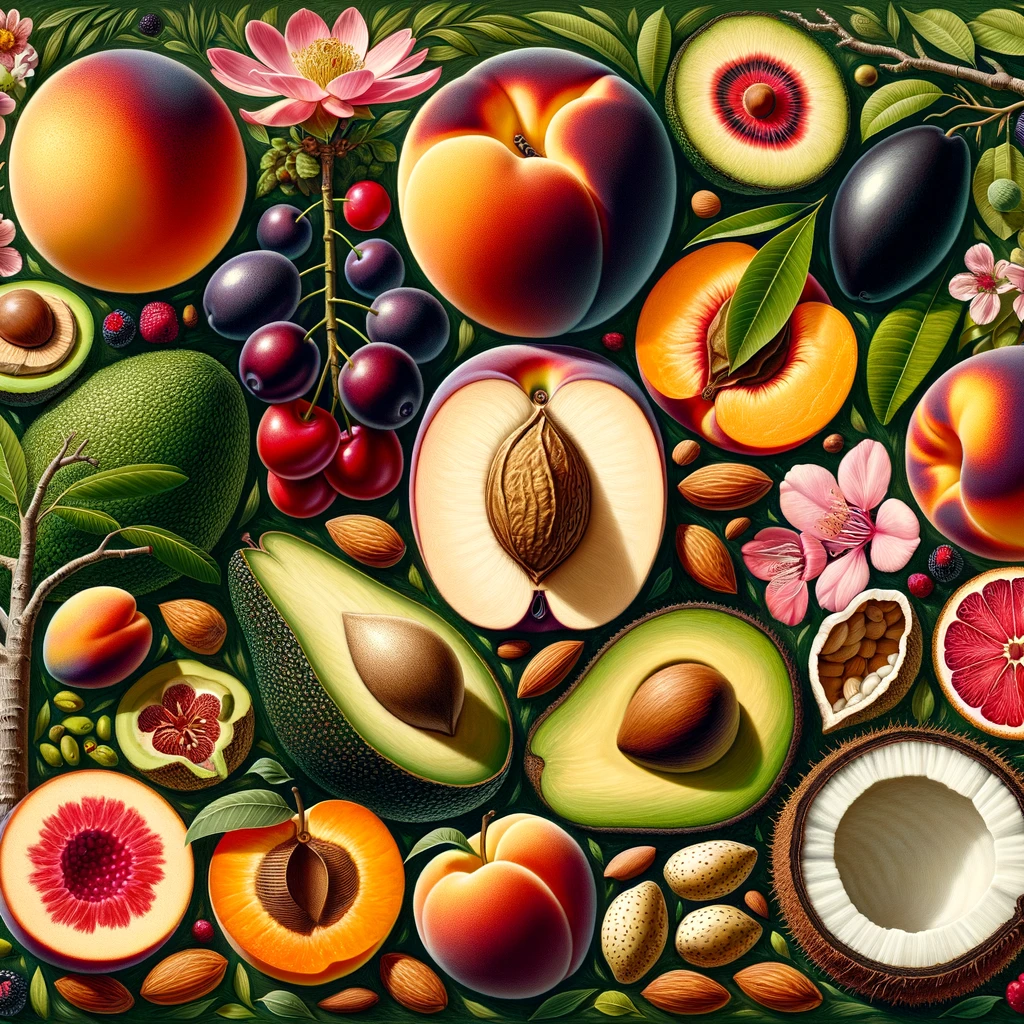
The Drupe: Nature's Three-Layered Bounty
When the summer sun casts a warm glow on orchards, it's a sign that nature's sweet treasures, drupes, are ready for harvest. The term 'drupe' may sound foreign, yet the fruits it represents are anything but. What sets drupes apart from other fruits, and why is their structure so unique? Let's delve into the fascinating anatomy of drupes and unveil the genius of nature encapsulated in these fruits.

Exploring the Critical Root Zone: A Crucial Step for Tree Preservation
A tree's Critical Root Zone (CRZ) is more than just a term in the glossary of arboriculture; it's a vital concept that underscores the relationship between a tree's root system and its environment. Understanding the CRZ is fundamental in the broader narrative of tree preservation, especially when navigating the challenges of construction and development projects.

Guarding the Orchard: Embrace Dormant Oil Sprays for Healthier Homegrown Fruit
Growing fruit trees in your backyard is an endeavor that pays off in multiple ways—from the sheer joy of cultivating something with your own hands to the satisfaction of tasting the fruits of your labor. However, like any worthwhile project, maintaining a healthy orchard presents its share of challenges.
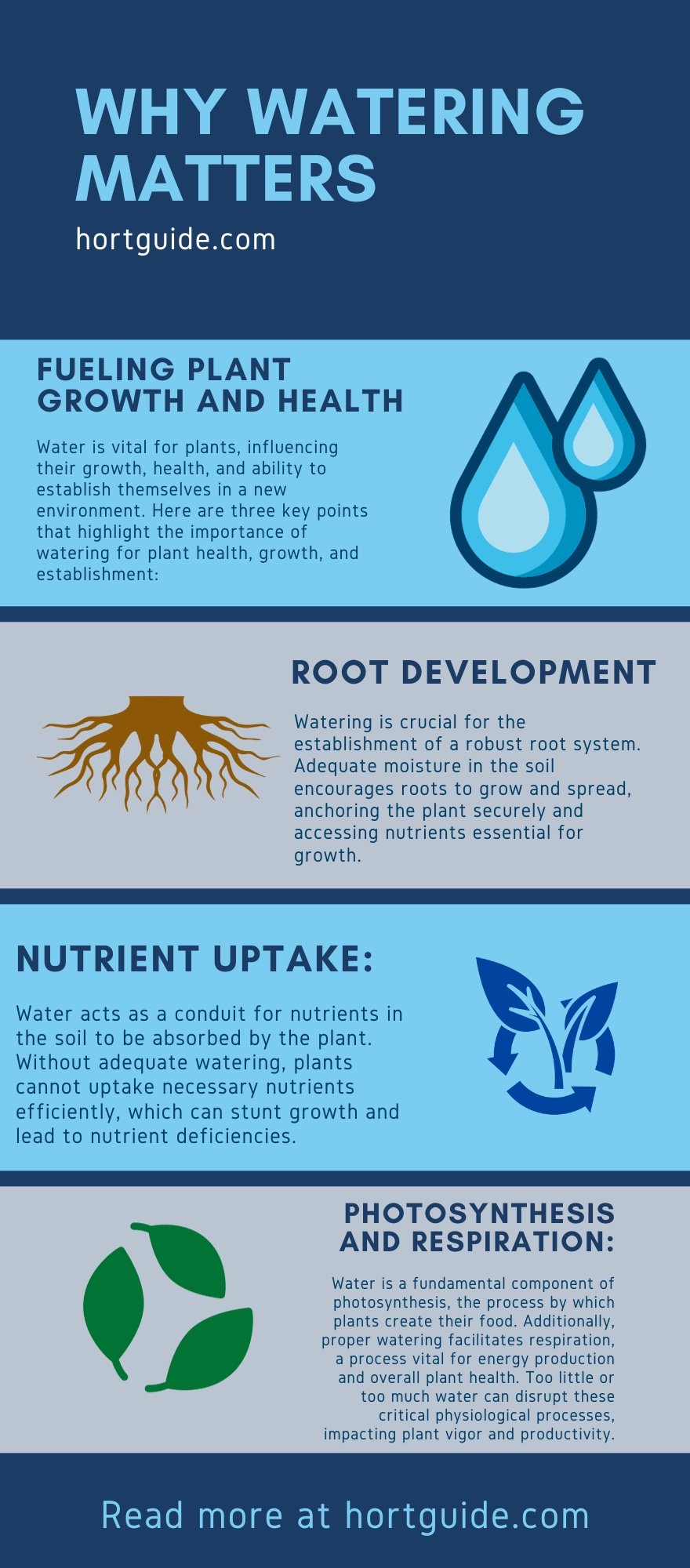
Why Watering Matters
Water is fundamental to horticulture. It transcends the simple act of hydration, which is pivotal in plant growth, health, and establishment. This isn't just about keeping the soil wet; it's about understanding how water, as a crucial resource, interacts with every aspect of a plant's life. Water is a core component of a thriving garden or landscape, from promoting robust root development and aiding in the uptake of nutrients to facilitating core processes like photosynthesis and respiration. This post will delve into these key areas, shedding light on why a well-thought-out watering regime is critical and how it significantly influences plant health and growth.
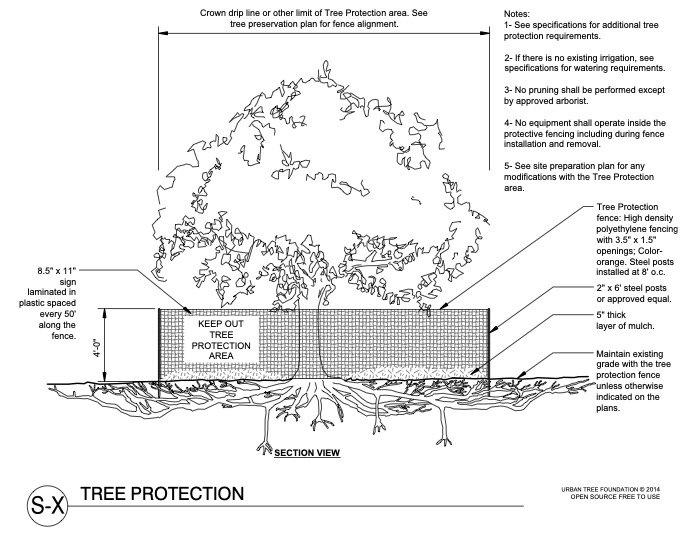
Rooted in Responsibility: The Imperative of a Tree Protection Plan
In construction, where the hum of machinery and the silhouette of emerging structures symbolize advancement, a pivotal component often goes unnoticed - trees. Trees aren't mere silent spectators; they play an active role in enriching the ecosystem and enhancing the aesthetic appeal of a region. By purifying our air, offering shade, furnishing habitat for wildlife, and adding to a community's charm, they underscore why incorporating a Tree Protection Plan (TPP) in construction ventures isn't just an act of environmental stewardship but a cornerstone for sustainable growth.
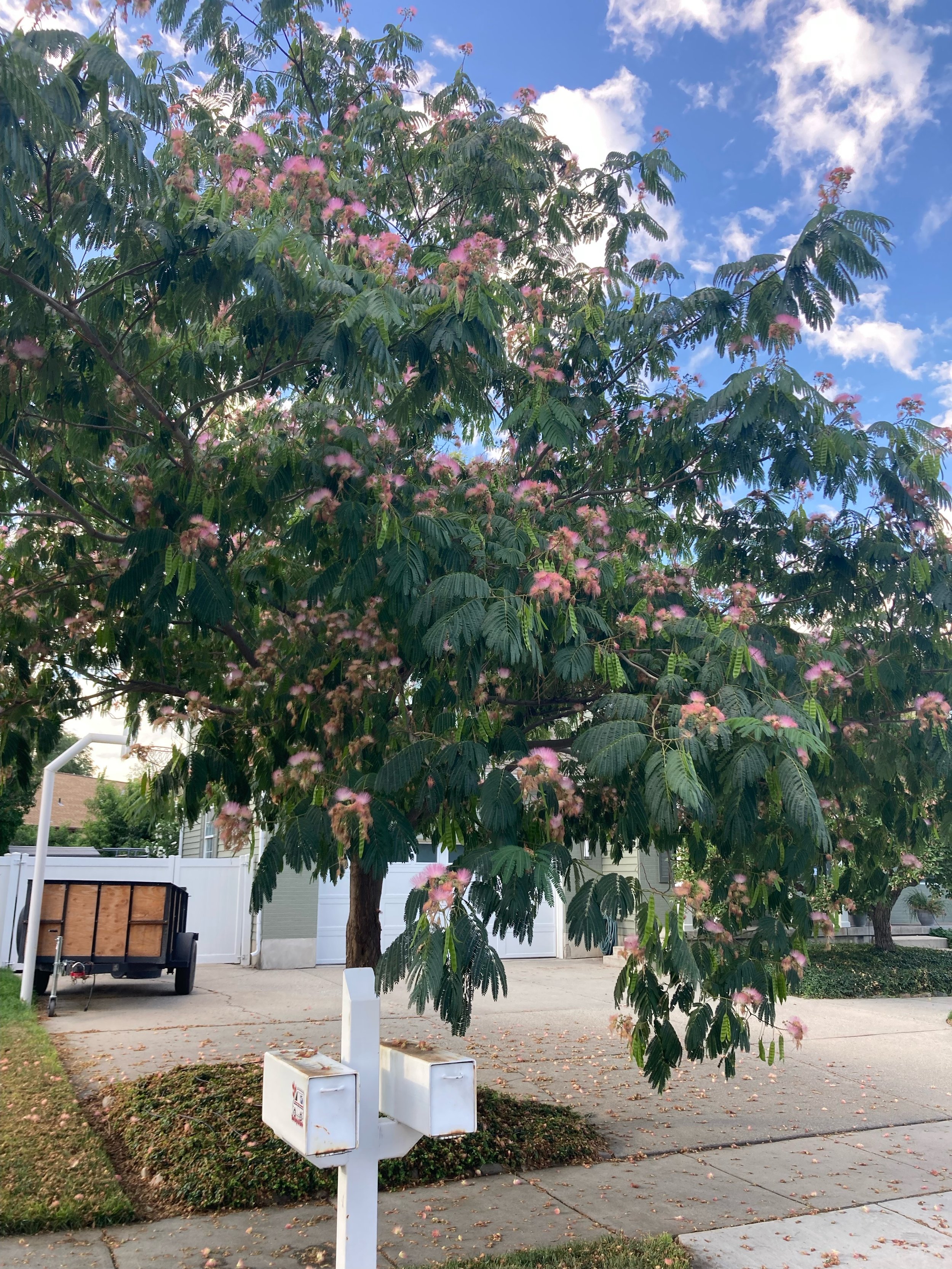
The Persian Silk Tree (Albizia julibrissin)
The Albizia julibrissin, colloquially known as the Persian Silk Tree or Mimosa Tree, has been the subject of fascination for many garden enthusiasts. With its fragrant, pink blooms and fern-like foliage, it offers both aesthetic charm and functional use as a shade tree. However, like a coin with two sides, this tree also poses challenges and responsibilities for a potential grower. In this detailed guide, we’ll explore the many facets of this enigmatic tree, aiming to provide you with a balanced perspective.
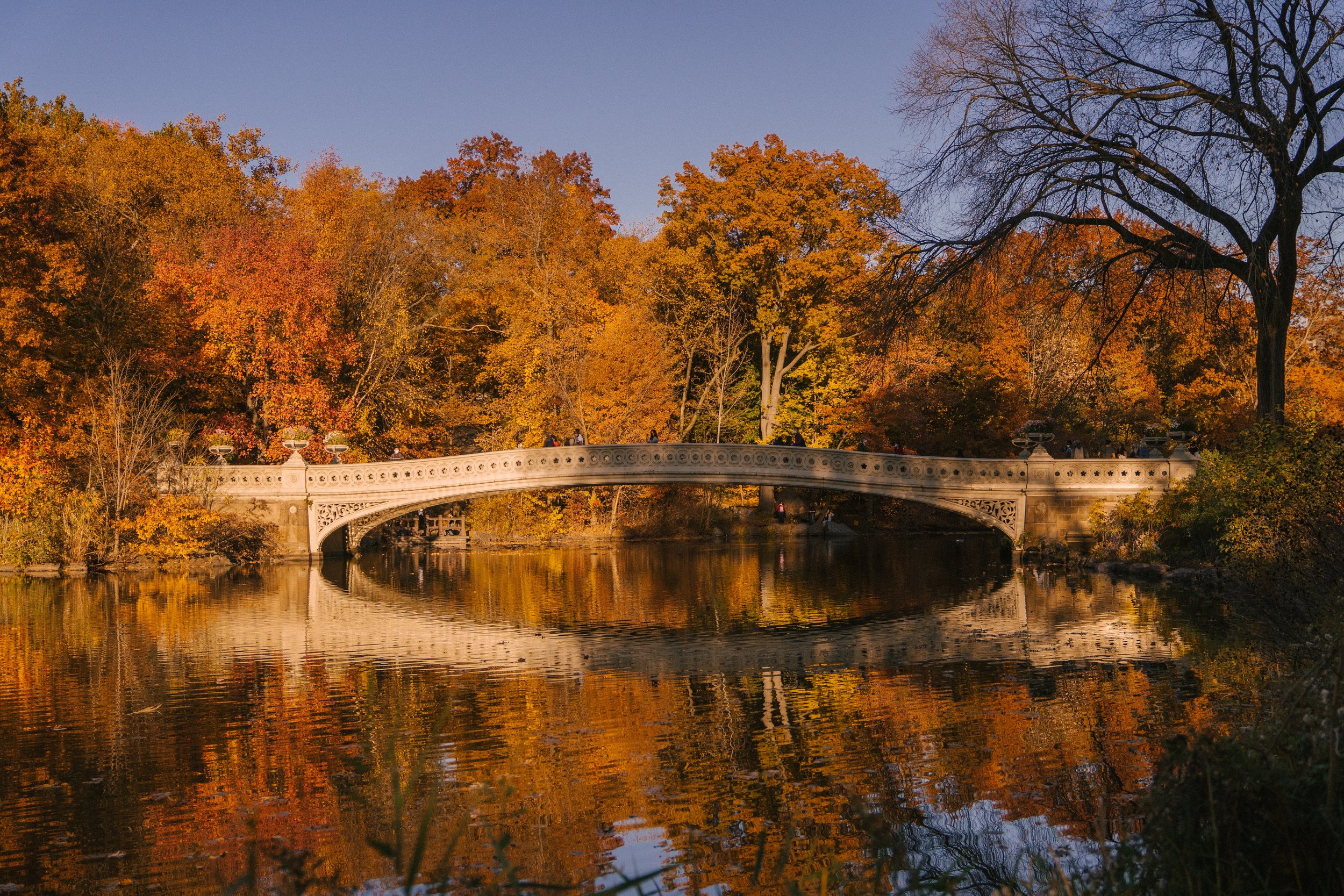
Arboriculture: Exploring its Definition and Scope
First and foremost, what is arboriculture? Derived from the Latin words 'arbor' meaning tree, and 'cultura' meaning cultivation, arboriculture is a specialized branch of horticulture that focuses on the care, growth, and management of individual trees, shrubs, or other perennial woody plants. It is a discipline with art, science, and technology at its core, with a strong emphasis on the health and safety of trees and the people around them.

The Acer Ginnala: An Aesthetic Addition to Any Landscape
The Acer ginnala, commonly known as the Amur maple, is a tree species appreciated for its aesthetic appeal, adaptability, and ecological benefits. This post provides an in-depth look at this species' characteristics, cultivation, and environmental role.
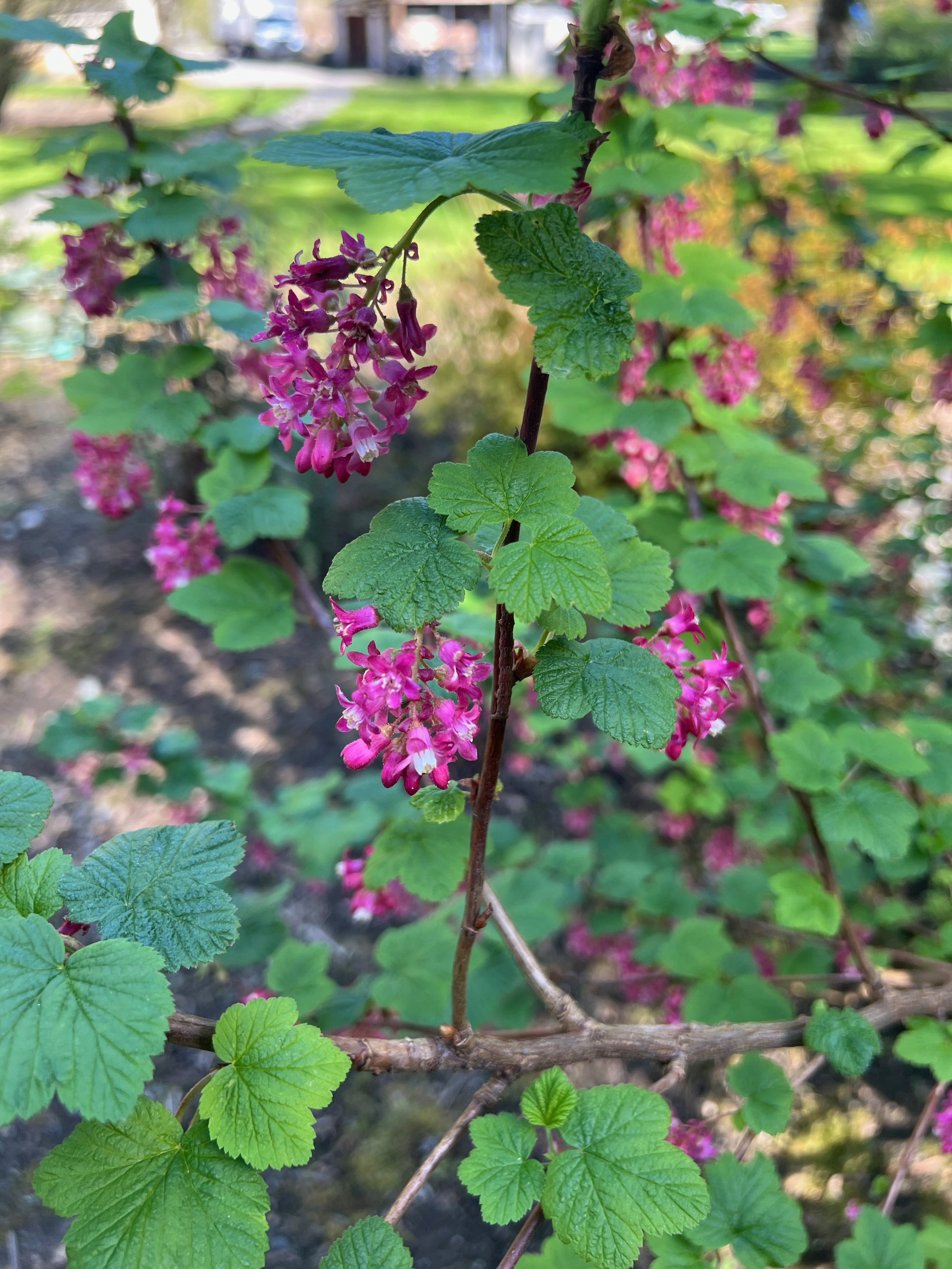
The Magnificent Ribes sanguineum: Origins, Growth Habits, and Landscape Use
Ribes sanguineum, commonly known as the flowering currant or red-flowering currant, is a stunning deciduous shrub that provides eye-catching color and interest to gardens and landscapes. This versatile and hardy plant is native to the western United States and Canada, and it has become a popular choice for gardeners and landscapers alike. This comprehensive guide will explore the origin and range of Ribes sanguineum, including its growth habits, foliage, flowers, seeds, fruits, native range, hardiness zones, sun exposure, landscape use, and disease and pest resistance.
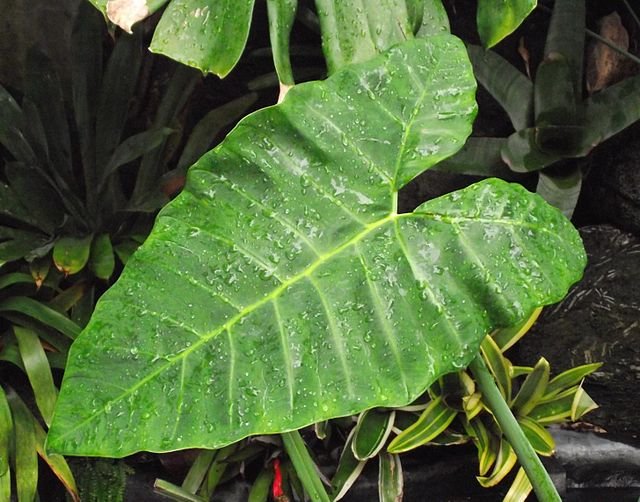
Leaf Shape: Sagittate
Sagittate leaves have an arrowhead shape, with two pointed lobes projecting downward at the base.
